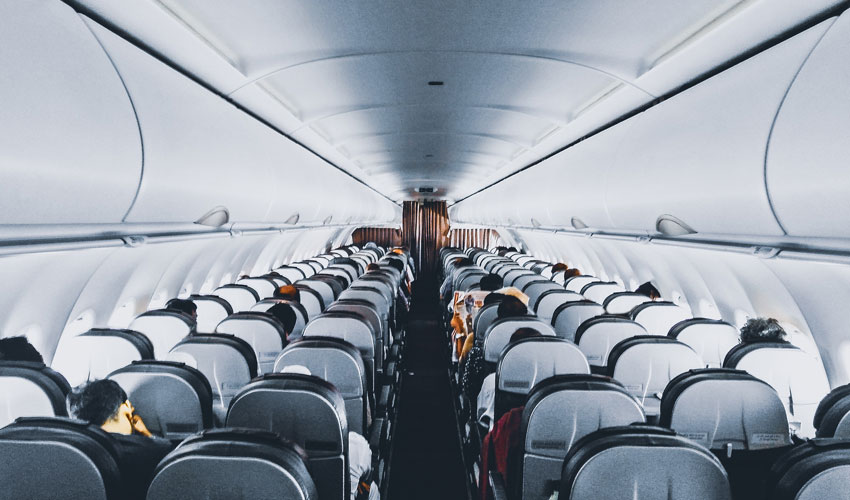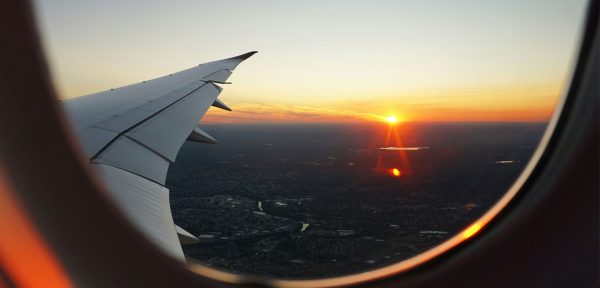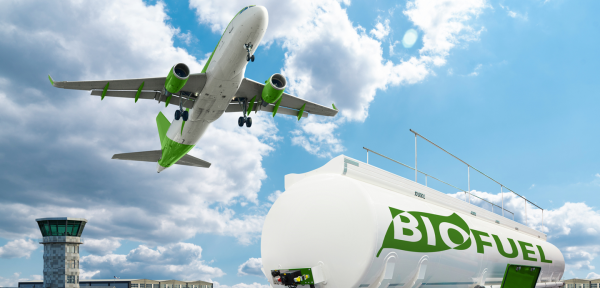Months ago, with the coronavirus spreading to every corner of the globe, governments had to develop a series of measures to contain the threat. The imposition of stay-at-home directives, borders closures, and strict sanitation guides helped to flatten the contagious curve in several countries. However, such preventive policies also began to take their toll on the global economy. Sectors like tourism and air transportation found themselves struggling to keep financially afloat. Especially aviation encountered great challenges since operators had to manage the complex airline costs.
Now, the industry is taking the first steps towards recovery. This is a process that could be extended for years depending on the evolution of the virus. As passenger volumes grow very slowly, carriers keep burning through cash. In fact, the International Air Transport Association (IATA) estimates total expenses of USD 517 billion to June 2020. This is 34.9% below 2019 levels, though travel demand represents barely 15% of last year´s value. It is expected that expenditures increase in the coming months due to COVID-related restrictions like lower aircraft utilization and a limited number of flights.
To mitigate the impacts of coronavirus, an approach is needed to re-evaluate the structure of airline costs in order to achieve positive cash flow.
How can operators actively reduce airline costs?
1. Optimized allocation of resources
In times of the New Normal, one of the biggest challenges for air transportation companies is to maximize the use of existing resources while adhering to safety restrictions. With flight schedules continuously changing, planning becomes even more necessary. Then, it is well known that a deficient allocation of staff and equipment generates higher expenditures, as it might lead to delays. When regular timing buffers are exceeded, larger disruptions can propagate through the whole network. For this reason, optimization techniques are key to develop robust allocation plans during the day of operations.
Rule-based solutions help decision-makers to automatically create adjusted shift demands and ground support equipment requirements. Since the dynamic coronavirus environment makes the review of current processes of utmost importance, planners should consider factors like:
- Staff roles
- Contagion risks
- Social distancing guidelines
- New hygienic measures
- Capacity restraints
- Changing travel regulations
For aviation, it is a priority to keep not only passengers but also employees safe. Therefore, it becomes crucial to enable a more distributed workforce. If the contact between staff teams is not maintained to a minimum, infections could affect daily business following a domino effect. The reason: The implementation of quarantine protocols reduces the availability of personnel prompting to workload under-coverage and rising airline costs.
The creation of What-If scenarios can facilitate the re-organization of teams based on different shift time separations and changing flight schedules. Planning constitutes then a great strategy to manage expenses in the long-term. With a holistic view on the turnaround processes carriers can reach a higher operational control, compliance with Service Level Agreements, improved on-time performance, and of course, increased customer satisfaction.

2. Efficient fuel consumption
Historically, combustible costs have taken a huge chunk out of carriers´ revenues. In 2019 they accounted for approximately 23.7% of overall operating expenses. This relies on the fact that jet-fuel prices are highly volatile. Two years before the pandemic outbreak, rates suffered a significant decrease, which drove airlines to record earnings. As the virus began to spread around the world, prices fell even further due to the dramatic drop in passenger traffic. Now, with the reopening of markets, a rebound in oil demand suggests a different trend.
The latest IATA’s jet fuel monitor shows that prices are on the rise. In Europe for instance, they have gone up 9.5% in June. What can this mean for the industry? A standard practice when oil prices spike up is to charge more for tickets. But this could enter in contradictions with current sales strategies. Then, to motivate people to fly again, companies are offering cheaper airfares and other incentives. So, to counteract the increasing airline costs, the focus should stay on enhancing fuel consumption.
One of the most relevant combustible saving hacks is to better use the aircraft fleet. Factors like charter size and configuration, years of service, number of people on board as well as the performance of the engines impact directly in the fuel consumption. As the pandemic restricts the number of routes in operation, now it is time for carriers to reassess their units. Operators can draw on the planes with the newest technology or those that demand less maintenance and offer top performance. Moreover, based on demand forecasts, decisions should point to improve passenger cabin utilization while keeping protective measures always in mind.
3. Reducing in-flight food service
Brand association is a powerful force for companies. For years, flight meals have been part of a strategy to cultivate customer loyalty. Through partnerships with well-known restaurants, carriers could bring a touch of high-quality cuisine to the menus served on board. Going this extra mile added more value to the passenger experience without severely affecting their balance sheets. According to the IATA, expenditure on catering represents about 2 to 3% of total airline costs incurred yearly.
Cutting back meal services is gaining more and more popularity especially for short- and mid-range flights. The economic advantages not only derive from savings in the purchase of food and beverages itself. Less catering means also less weight and therefore, better combustible consumption. Also, from the turnaround perspective, valuable time can be spared, preventing possible delays. But besides the financial factor, another reason that favors the implementation of such a measure is the reduction of contact between passengers and flight attendants.
4. Keeping an eye on line maintenance
Whether leasing or buying them outright, aircraft represent a major expenditure for air transportation companies. Taking care of these assets becomes then a priority to achieve sustainable operations. If line maintenance of passenger charters is not conducted efficiently, flight delays and unknown technical issues can come to thousands of dollars wasted.
In a study conducted by the International Civil Aviation Organization (ICAO), it was determined that costs related to maintaining typical wide-body planes can range from 10 to 45% of the total annual operating expenses. To avoid excessive investment in this concept, some strategies can help including:
- Resource planning according to the specific tasks to carry out.
- Establishing an appropriate frequency to conduct inspections.
- Allocating personnel to these tasks only if properly trained.
Airlines need long-term strategies to cope with the post-pandemic era
The coronavirus might leave the global carrier industry utterly transformed. The need for governmental grants and loans as a consequence of the barely existing profits is creating concern among experts. To generate operational resilience, managers must review current processes to adapt them to the new economic conditions imposed.
To offset traveler revenue losses, carriers have been using part of their jet fleet to exclusively carry cargo. Following the IATA report, airfreight transportation is expected to account for 26% of the overall 2020 industry yields. But, to what extent is this tactic feasible in the future? Operators need more concrete action plans to support their efficiency goals. Smart optimization algorithms can help to better prepare for game-changing situations by enhancing the management of available resources.
In a short period of time, the air transportation sector has experienced a heavy disruption in its traditional way to do things. The post-pandemic cumbersome ecosystem is characterized by strong competitive pressure on fares, high debt burden, and significant travel restraints. Every cent invested counts. That is why current airline costs must be analyzed in more detail. It is about finding the right balance so that neither the quality of the service provided nor the compliance with health standards are compromised.





0 comments on “4 Post-COVID-19 Strategies To Cut Airline Costs”